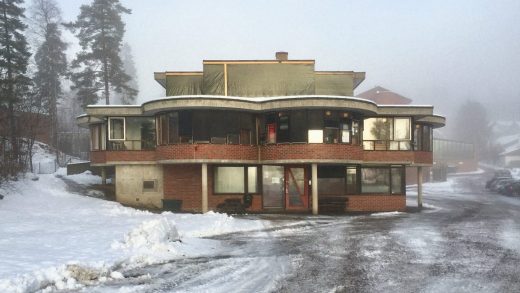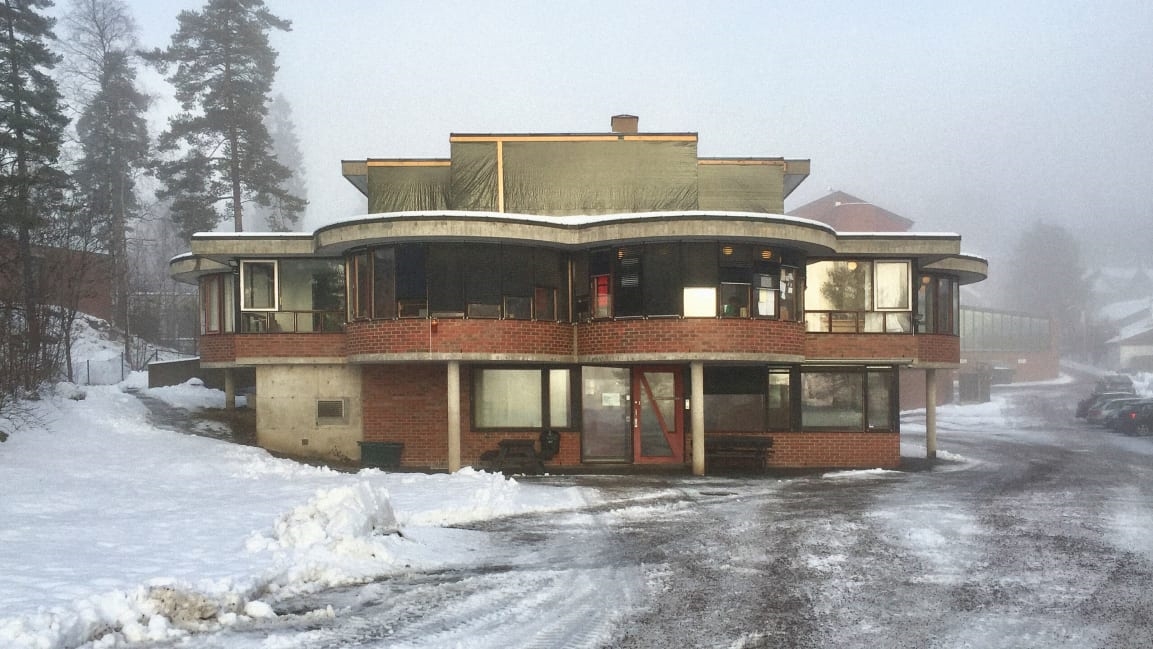How Deafness shapes our world
As a design director who was born Deaf, Jeffrey Mansfield has long been interested in the relationship between Deafness and physical spaces. He has noticed how spaces designed with Deafness in mind, like the school for the Deaf he attended growing up, are different from other kinds of architecture, and how some spaces can limit or extend a Deaf person’s sensory awareness.
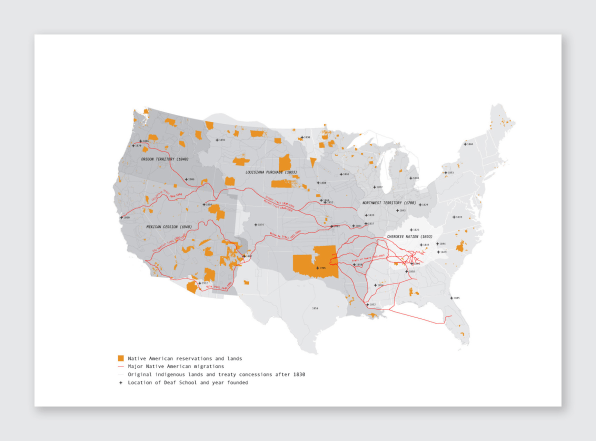
Mansfield says he’ll use the grant to develop an archive of what he calls “Deaf spaces.” It will be an expansion of his work researching how Deaf schools became sites of cultural resistance in the 19th and 20th centuries–exploring exemplars, like the Wyoming School for the Deaf, as well as the racial and exclusionary practices of these institutions that left Deaf students vulnerable to physical, emotional, and sexual abuse. From the early development of Deaf schools as a tool of manifest destiny expansion into indigenous land to segregation that lingered into the late 1970s, Deaf schools have a troubled past as tools of oppression.
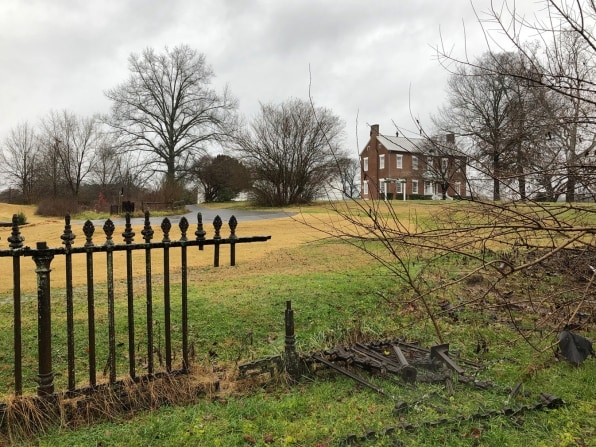
[Photo: courtesy Jeffrey Mansfield]
“If I have learned one thing from growing up at a Deaf school and visiting dozens others as a student, it’s that our community is far from a monolith,” Mansfield explains in a written response. “It is abundant with narratives and experiences of identity, belonging, trauma, and healing. Yet dominant narratives around deafness very seldom reflect the rich complexity of the Deaf experience, and has, in many ways, marginalized countless voices within the Deaf community, particularly in America.” Here, he talks to us about designing for the senses, emotional labor, and his quest to understand “how spaces shape Deafness, and how Deafness shapes our world.”
Fast Company: For those who may have not experienced them, what are Deaf spaces and how are they different from other buildings and spaces?
Jeffrey Mansfield: Deaf space design incorporates Deaf ways of being, and is largely shaped by the use of sign language. Spatial qualities that are key to communicating through sign language—including constant eye contact, a certain distance between people, spaciousness, clear sightlines, continuity of movement, generous daylighting, and diffuse lighting that is free of glare and harsh shadows, and warm materials—all lend [themselves] to spaces that are more organic and sensory-centered than we might normally see in orthogonal spaces and buildings and on our streets. Abundant sensory experience, delight, vibrancy, and resonance are key aspects of Deaf space. In addition, agency and representation are crucial in inspiring a sense of belonging and self-worth.
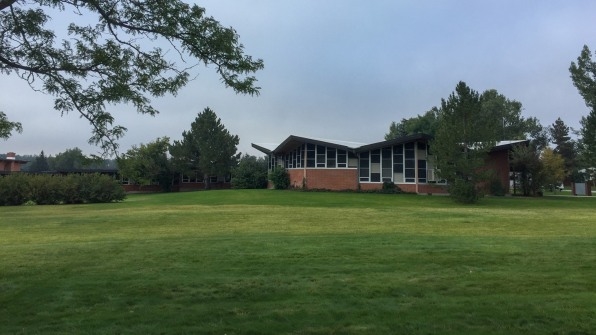
[Photo: courtesy Jeffrey Mansfield]
You’re likely to see classrooms, lobbies, and outdoor spaces utilizing a circular or horseshoe layout to maximize sightlines. Movement is another key consideration, and since maintaining eye contact is essential, you’re likely to see wider corridors that promote continuous, uninterrupted movement in order to allow two or more people to walk and sign simultaneously. Visual buffers at intersections, such as rounded or transparent corners, help extend a Deaf person’s sensory awareness and the potential for collisions by providing a warning of incoming traffic. Lighting and visual comfort are key for Deaf users who rely on sign language and lipreading.
Agency is an important aspect of Deaf space, and providing a mix of gathering spaces–at different scales and heights (from sitting to standing)–can enhance the user’s feeling of self-determination and create a physical and emotional release. For many, acoustics are critical, as vibrations from HVAC systems or environmental noises can interfere with the ability of assistive listening devices to clearly register spoken words. Material choices are important, as certain materials transmit information in ways that can enhance the sensory reach of Deaf people. The Wyoming School for the Deaf, for example, features a hollow core wooden floor system to optimize floor vibrations, thus making it possible to reach the attention of another Deaf person in the room by stomping your foot on the floor.
FC: What lessons can Deaf spaces offer to other kinds of spaces and buildings?
JM: Spatially, our built environment is often driven by program, efficiency, and form–and sensory experience isn’t given the same amount of time on the design table. We often find ourselves in spaces of sensory disarray, where the spaces we inhabit or pass through create stress and anxiety and may promote a feeling of being excluded and unwelcome. In contrast, spaces designed to be Deaf-centric, by definition, are driven by the sensory and cultural experience of its users. As a result, the user’s emotional as well as haptic responses are more likely to be considered with care and dignity in every aspect of the design.
FC: What do you plan to do with your fellowship?
JM: I think, more than anything, this fellowship affords the time and space to sit with ideas, stories, and intuition. Out of necessity as disabled practitioners, we constantly find ourselves advocating for, fighting for, and worrying about something as mundane yet critical as access. The emotional labor involved with facing overt discrimination as well as ableist microaggressions on a daily basis often feels overwhelming, exhausting, and traumatic, and time and space for deep reflection and meditation are so crucial to self-preservation, and I feel lucky and privileged to receive this fellowship. I also acknowledge that this fellowship presents a unique platform to tell a more honest and complex story about deafness, and thus, about disability and “normalcy” as social constructs.
FC: How will this build off of your previous work on architecture and Deafness?
JM: My interest in examining overlooked histories around the evolution of Deaf spaces, specifically Deaf schools, revealed that although many of these schools sought to “reform” Deaf children through speech training and the prohibition of sign language, they were also sites of incredible cultural resistance where language flourished and communities formed. The cultural significance of many of these spaces remains unexplored, and several, including the Wyoming School for the Deaf, which is an extraordinary thesis of Deaf-centered design, are at risk of being lost forever.
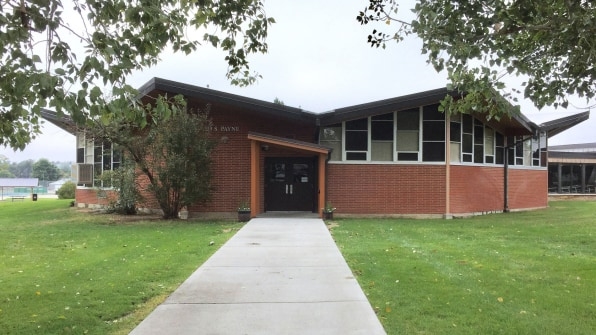
[Photo: courtesy Jeffrey Mansfield]
After traveling the country and listening to stories of sentimental nostalgia and unspeakable trauma, it became clear that many of the buildings and spaces I visited held incredible power in shaping cultural memory across generations. When I started this project three years ago, it was with my experience growing up at a Deaf school in mind. Despite the fact that everyone signed in school, I witnessed and, in many cases, experienced normalized prejudice toward Deafness, disability, and race–overt and unconscious.
Looking back now, I am struck by two things. First, these personal moments, though often minimized or brushed off as they occurred, in fact indicated a much larger pattern of pathologization of Deafness and disability, with eugenic and racist tendrils tagging along, like parasites, for the ride. And architecture played an active role in establishing and perpetuating this pattern: the close associations, in name and design, between state institutions for the Deaf and state hospitals for the insane, cast a clinical gaze over Deafness as an ailment of a specific organ and thus, something capable of being pathologized and treated–at the expense of Deafness as a human condition. To me, this has always seemed like a clear mis-diagnosis of the problem. But the converse is also true: Architecture can also dismantle this pattern.
Second, since this is a project about the Deaf experience, it was important to disseminate this research in a format accessible to the Deaf community, in order to foster grassroots, multigenerational, and community-led dialogue that links Deaf spaces and built environments to complex issues affecting Deaf people and our communities. I believe that, through the recovery, preservation, and interpretation of spaces that have played a key role in the formation of cultural memory within the Deaf community, we can begin to center and honor multivalent experiences of Deafness as well as validate intuitions that many of us in the Deaf community have long felt. In creating the Deaf Space Archive, I hope to introduce a platform to gather localized narratives that complement or challenge our understanding of how spaces shape Deafness, and how Deafness shapes our world.
(20)

